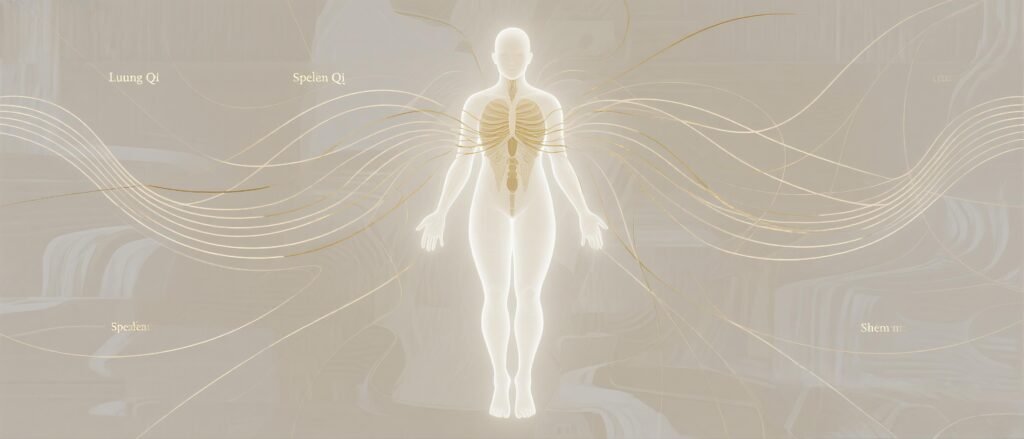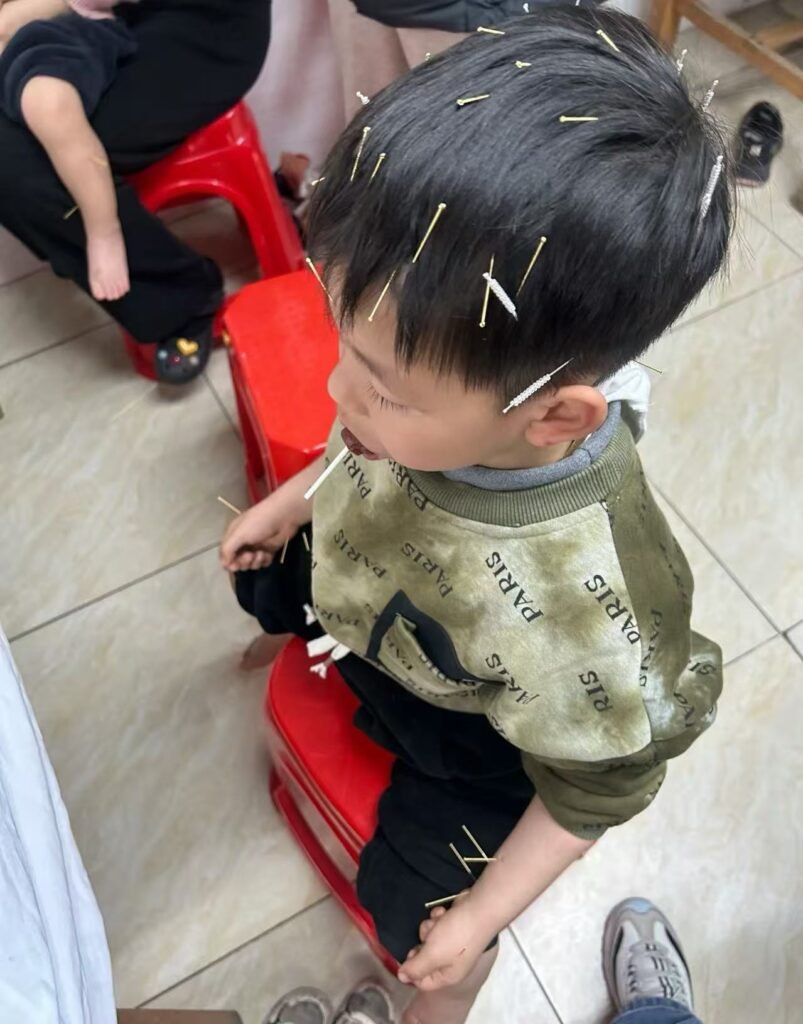Science Behind Acupuncture and Qi Flow
What if your body speaks in currents—not just chemicals?
“Acupuncture works. But how?”
That’s the question scientists have been asking for decades.
And slowly, the answers are emerging—from brain scans, immune studies, and nerve mapping.
Acupuncture is one of the oldest healing practices in the world. For over 2,000 years, it’s been used to regulate the flow of Qi, the life-energy that animates the body in Traditional Chinese Medicine (TCM).
But what is “Qi”? And what exactly happens when a thin needle touches your skin?
Let’s explore how ancient theory and modern science are starting to converge.
🌀 What is Qi Flow?
In TCM, Qi is the dynamic force that moves through channels in the body—called meridians. It’s not just energy like “chi in a movie”—it governs functions like:
- Blood circulation
- Organ regulation
- Immune defense
- Mental clarity
- Pain perception
When Qi flows smoothly, you feel well.
When Qi is blocked, deficient, or chaotic—you experience symptoms.
TCM sees illness not as a singular cause, but as a disruption in internal harmony.
🪡 Acupuncture: What It Does According to TCM
Each acupuncture point sits along a meridian—specific pathways where Qi flows. Insertion of needles is designed to:
- Unblock stagnant Qi (e.g., in pain or digestive sluggishness)
- Redirect Qi to deficient areas (e.g., low immunity or fatigue)
- Regulate Yin-Yang imbalances (e.g,. insomnia, anxiety, hormone issues)
A patient might report:
“My stomach felt lighter.”
“My headache vanished after one needle.”
“I felt this wave of warmth move through me.”
Placebo? Maybe not.
🔬 What Modern Science Is Discovering
Science doesn’t study Qi directly (yet). But it’s finding the physiological counterparts of the ancient system. Here’s how:
1. Nervous System Modulation
Acupuncture stimulates the peripheral nervous system, activating:
- A-delta and C fibers (pain receptors)
- Spinal cord pathways
- The vagus nerve, which slows the heart rate and calms inflammation
🧠 fMRI scans show that needling specific points can activate or deactivate parts of the brain related to pain, mood, and visceral regulation.
A study published in Neuroscience Letters found that acupuncture at ST36 increased vagal activity and reduced sympathetic tone.
2. Fascia and Connective Tissue Response
CT scans and ultrasounds reveal that acupuncture points align with fascia planes—webs of connective tissue that link muscle groups, nerves, and organs.
When a needle is inserted, fascia winds around it in a spiral, triggering mechanotransduction: mechanical signals converted to cellular responses (e.g., healing, tension release, stem cell activity).
Dr. Helene Langevin’s research at Harvard shows this micro-mechanical action may explain local and systemic effects.
3. Immune and Inflammatory Modulation
Needling certain points (like ST36, LI4) triggers the release of:
- Endogenous opioids (natural painkillers)
- Cytokines (inflammatory regulators)
- T-Cells & NK Cells (immune defenders)
Studies show acupuncture may reduce CRP levels, balance cortisol rhythms, and even improve immune recovery in cancer patients.
4. Bioelectrical & Microcirculatory Effects
Electro-acupuncture studies show that Qi flow may have a parallel in bioelectric signaling. Meridians may correspond with low electrical resistance pathways across the skin.
Also, thermography and Doppler imaging show increased blood perfusion at acupuncture points—supporting the ancient claim that acupuncture “moves the blood and unblocks stagnation.”
🧭 Qi = Function + Flow
Western medicine isolates. TCM observes relationships.
What TCM calls Qi, science might call:
- Homeostasis
- Neural integration
- Bioelectric regulation
- Interoceptive signaling
Instead of trying to prove Qi exists as a particle, science is validating its functional meaning.
Qi is a metaphor—but not just a metaphor.
It describes phenomena we’re only now learning to measure.
🧘 Acupuncture’s Measurable Benefits (With Citations)
- 🔹 Chronic pain relief
— Vickers et al. meta-analysis (Arch Intern Med, 2012): acupuncture significantly outperforms sham for back, neck, and osteoarthritis pain - 🔹 Anxiety & insomnia
— Journal of Sleep Research, 2020: Acupuncture improved sleep quality and REM patterns - 🔹 Fertility & hormonal balance
— Studies show improved ovulation rates, reduced PCOS symptoms - 🔹 Long COVID & fatigue
— Pilot studies underway on acupuncture to restore autonomic regulation and lung Qi
🌍 From Tradition to Integration
More Western hospitals now include acupuncture in:
- Post-op recovery
- Oncology care
- Pain clinics
- Veterans’ PTSD programs
Even the World Health Organization recognizes acupuncture for over 100 conditions.
This isn’t about choosing East or West.
It’s about understanding that Qi and science are not enemies. They’re different tools for reading the same body.
📚 Explore Further
- 🧪 PubMed: Acupuncture and Brain Imaging
- 🌿 What is Qi, and Why Does It Matter?
- 📍 Guide: 12 Major Acupuncture Meridians Explained
🌾 Final Thought
Maybe Qi isn’t something you detect with a microscope.
Maybe it’s something you feel when your breath slows, when the pain lifts, when sleep returns.
Something your nervous system recognizes before your brain does.
And maybe—just maybe—science isn’t disproving Qi.
It’s beginning to speak its language.












